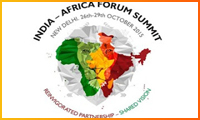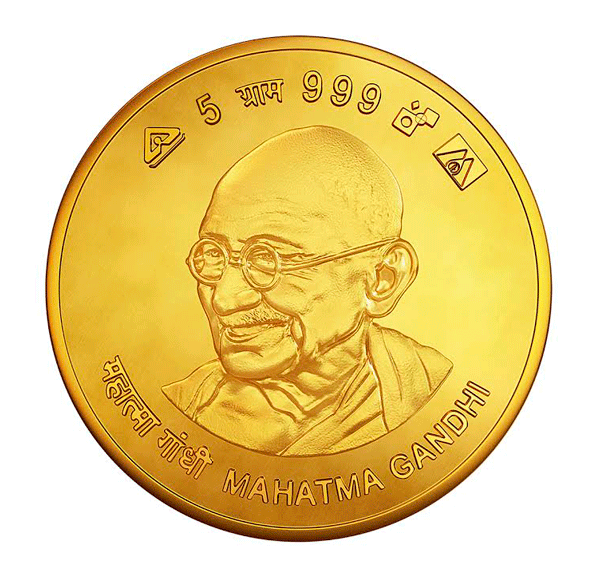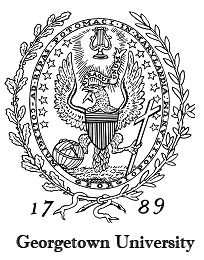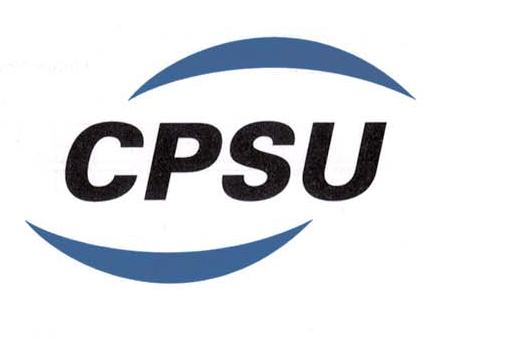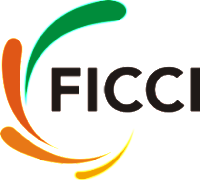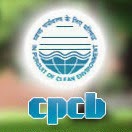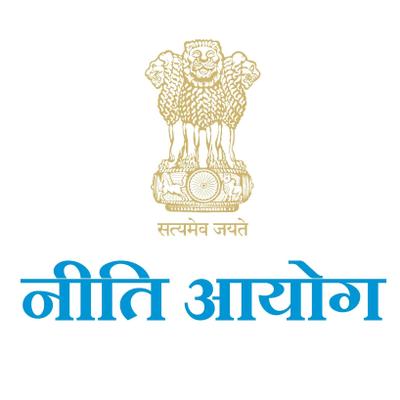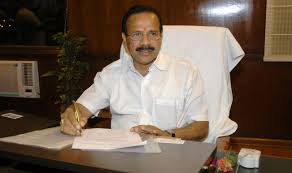Summary: The results of common medical tests are sometimes delivered to patients by email, letters or voice mail, but are these the most preferred methods? According to one of the first studies to look at this question, the answer is no.
The Georgetown University Medical Center (GUMC) survey, published today in the Journal of the American Board of Family Medicine, finds that the largest portion of participants was comfortable receiving test results through password-protected websites or portals. (The survey did not include in-person communications.)
The survey of 409 participants suggests that while password-protected web portals are highly preferred, participants don’t mind a variety of non in-person communication methods including email, texts or voicemail for receiving results of common tests such as blood cholesterol levels.
However, that is not the case for two very sensitive tests — non-HIV sexually transmitted infections (STIs) and genetic test results. In those cases, receiving the results via a password-protected patient portal/website was highly preferred.
“Communication with patients may need to be on a case-by-case basis — every individual may have a personal preference, and there may be a way to indicate those preferences in the patient’s record. The goal of this study was to try to better understand these preferences, so we can improve doctor-patient communication,” says the study’s lead researcher, Jeannine LaRocque, PhD, assistant professor of human science in the School of Nursing & Health Studies at GUMC.
It is not uncommon for a physician to call or email a patient with results to common tests without any idea of which is preferred in different contexts, but “this study makes clear that the majority of people prefer something different than what we’ve been doing,” says the study’s senior researcher, Daniel Merenstein, MD, director of research programs in the department of family medicine at GUMC.
The survey tested the desirability of seven different methods of non-in-person communication in receiving three different kinds of tests: common tests such as blood cholesterol and colonoscopy results; non-HIV STIs; and genetic testing (predisposition to a disorder, carrier of an inherited gene linked to a disease and a carrier of a genetic disorder).
The seven methods of communications surveyed were a password-protected patient portal website, phone voicemail, personal email, letter, home voicemail, fax and mobile phone text.
Researchers found that in all categories, patients were least comfortable receiving information via fax.
Half or more preferred receiving cholesterol or colonoscopy results in four methods: password protected patient portal websites, personal voicemail, personal email or letter. The majority did not want to receive a home voicemail, mobile text message or a fax.
For receiving results of STIs, only one method was preferred by the majority (51 percent) of participants — password-protected websites. No single method was preferred for genetic test results; the closest, at 46 percent, was also password-protected websites.
LaRocque, a researcher focused on genetics and molecular biology, is interested in how sensitive information is transmitted to patients. “With these highly sensitive medical results such as genetic test results, patients may not trust the privacy of methods such as personal voicemail or email, whereas password-protected websites provide an added level of security, which may be necessary as these tests become more prevalent in primary care practices,” she says.
But other studies have found that a minority of patients has signed up for available patient portals, and only half have actually activated their sites, the researchers say.
The researchers point out one potential bias in the study: since the majority of completed surveys were administered online, those who participated may be innately more comfortable with electronic communication.
Study co-authors are Christina Davis and Tina P. Tan from GUMC and Frank J. D’Amico from Duquesne University in Pittsburgh.
There was no external funding or financial support for this study.
Source:Georgetown University Medical Center


